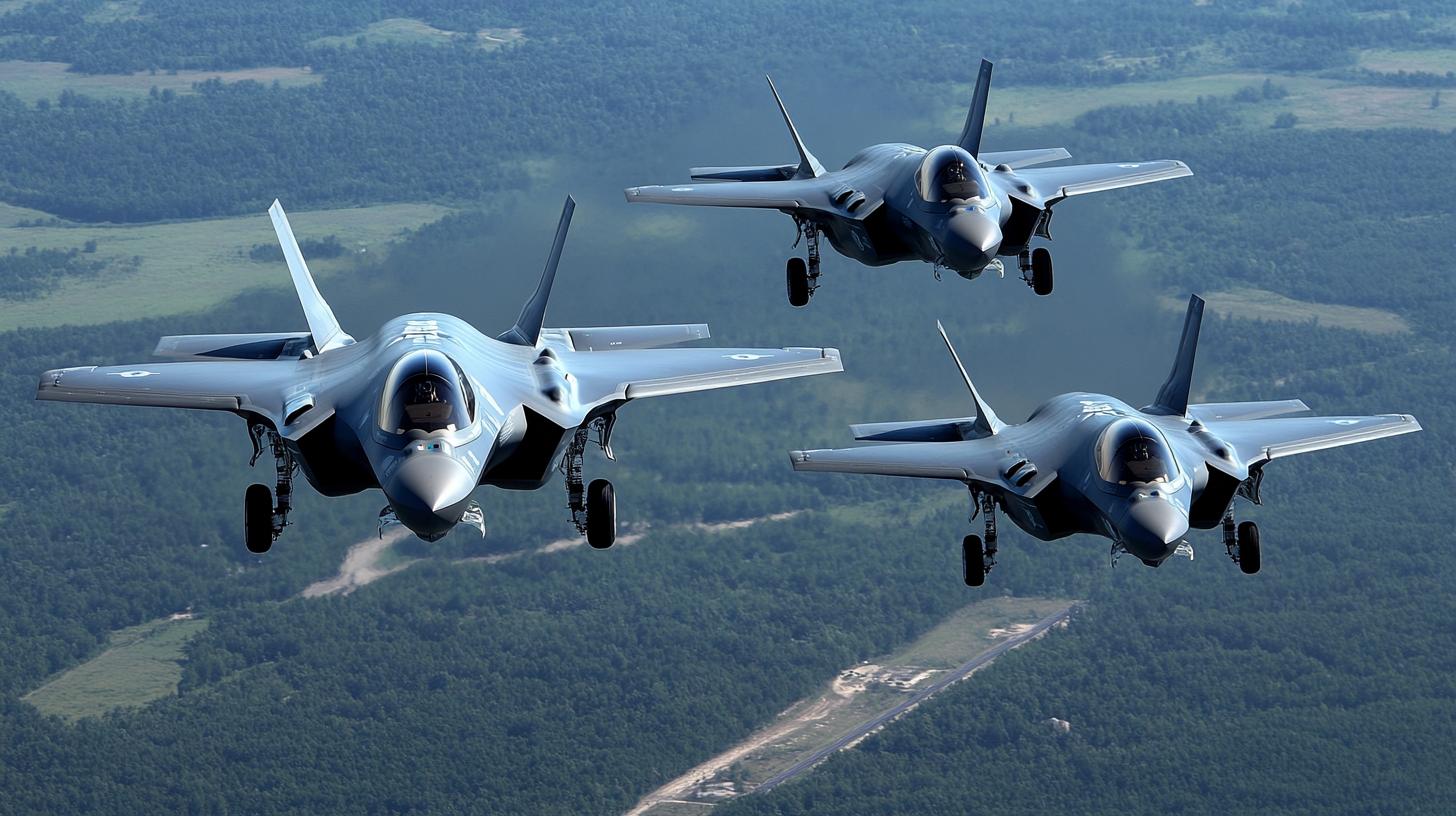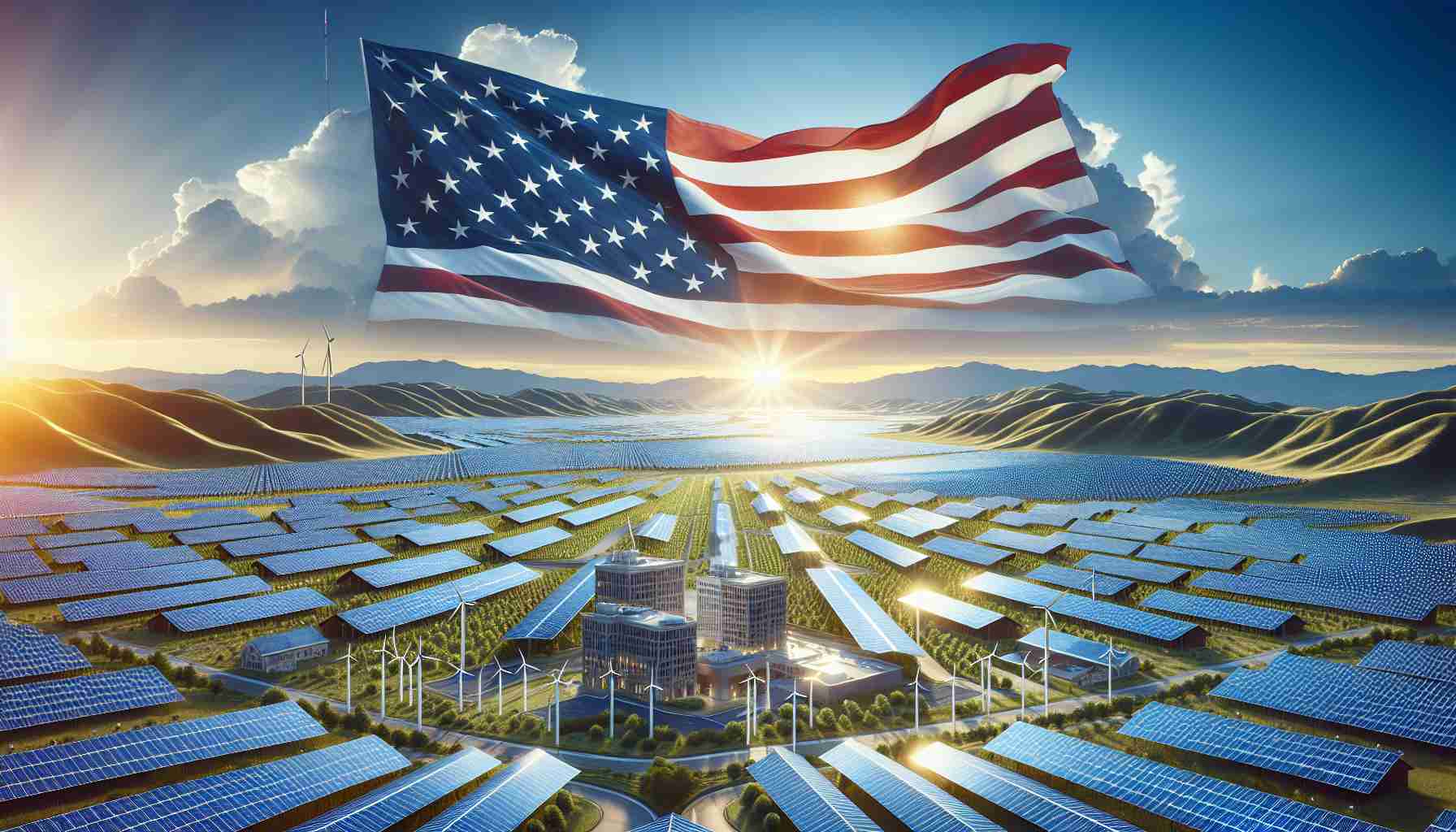As one of the biggest agricultural powerhouses in Europe, Ukraine is at the forefront of a groundbreaking transition to incorporate cutting-edge technology in farming practices. Amidst challenges, the country is turning toward artificial intelligence (AI) to revolutionize its agriculture sector.
Ukraine’s fertile black soil, known as “chernozem,” covers over a third of its territory, making it a prime location for crop production. However, climate change, fluctuating market demands, and the necessity of sustainable farming have prompted Ukrainian agronomists to reevaluate traditional methods. Enter AI—a promising tool that farmers across the nation are now adopting to meet modern challenges head-on.
AI technologies in agriculture range from smart drones equipped with cameras for soil and crop analysis to predictive software that optimizes yield through data-driven insights. These technologies are enabling Ukrainian farmers to reduce waste, maximize productivity, and make informed decisions based on real-time data.
Moreover, AI’s role extends beyond farming efficiency. Ukrainian startups are exploring AI’s capabilities to tackle pesticide overuse and irrigation problems, ensuring both environmental sustainability and improved crop health. By harnessing AI, Ukraine hopes to not only maintain but enhance its status as the “breadbasket of Europe.”
As the Ukrainian government allocates funds and policies to support technological advancements in agriculture, the country’s initiative to embrace AI offers a glimpse into a future where modern technology propels traditional industries toward a more sustainable and efficient era. Ukraine stands as a beacon of innovative agriculture, leading the way with AI at its helm.
How AI in Ukrainian Agriculture Could Redefine Global Food Security
While Ukraine harnesses AI to transform its agriculture, intriguing developments are emerging with potential implications far beyond its borders. One critical aspect is the integration of AI on a global scale, potentially redefining food security worldwide.
How might AI integration affect global agriculture? AI’s ability to analyze vast datasets yields insights into crop trends and disease outbreaks, offering timely interventions. This can ensure better food security globally, making precise farming possible even in varying climates. Furthermore, Ukraine’s journey with AI presents a model for other countries, especially those grappling with climatic unpredictability.
What are the controversies surrounding AI deployment? Despite AI’s promise, debates arise over data privacy and farmer autonomy. There’s concern whether data, largely driven by private tech giants, might pivot control away from farmers, impacting their decision-making power. Transparency in AI algorithms remains an imperative need.
Advantages and disadvantages: On the plus side, AI can significantly reduce fertilizer and pesticide usage, promoting eco-friendly practices. It also supports efficient resource allocation and resilience to climate change. Conversely, high upfront costs for AI systems can be prohibitive for small-scale farmers. There’s also the risk of technology obsolescence, necessitating constant upgrades.
As we stand on the brink of an AI-driven agricultural revolution, how this impacts access and equity for farmers worldwide remains a question worth exploring. Ukraine’s bold steps could pave the way for a new era, but these innovations need careful implementation to ensure benefits are shared broadly, ensuring a balance between technological advances and humanity’s agricultural heritage.
For more insights on technology in agriculture, check out agriculture.com.












